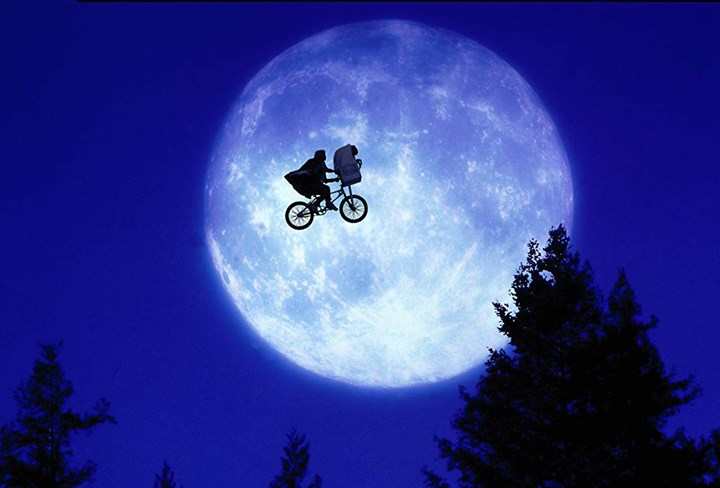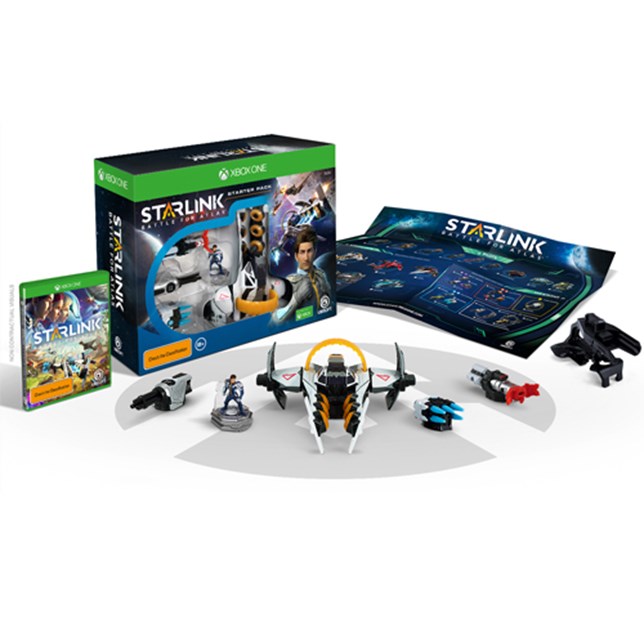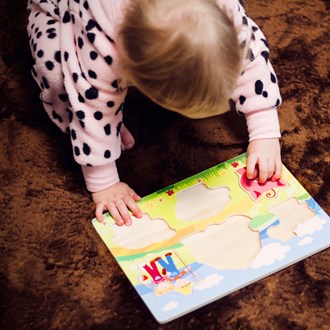Holy Comet Tails! 3 Astronomy Facts To Wow Your Kids

Can’t remember the order of the planets or spot the Southern Cross for your life? Relax!
If you struggle to spot the saucepan in the sky let alone Venus or the cow jumping over the moon, these three astronomy facts are just what you need to boost your ‘star’ status with the kids.
Sydney Observatory astronomy educator Kirsten Banks says you only need a few impressive astrology facts in your stargazing hat, and these three will do just the intergalactic job!
1.
“The Sun is so big that it can fit 1.5 million Earths inside of it!”
“I always like to go for the big facts!” says Kirsten. And it doesn’t get bigger than that. Now let’s see if the little ones can count to 1.5million …. 1, 2, 3…!
2.
“You can fit all of the other planets in between the Earth and the Moon, with room to spare!”
Now, just in case you’ve forgotten the order of the planets, here’s a quick refresher.
Starting nearest the sun and working outward through the solar system is: Mercury, Venus, Earth, Mars (these four inner planets are known as terrestrial planets because they have rocky surfaces), Jupiter, Saturn (these two are known as the gas giants), Uranus, Neptune (both known as the ice giants) — and Planet Nine, which is still scientifically being negotiated, or if you are a traditionalist and want to include the wee one on an unstable axis, Pluto.
3.
“When we look out into space, we’re looking back in time!”
Kylie Minogue wasn’t kidding when she said all she could do is, step back in time… But the children don’t know who the heck Kylie Minogue is anyway – they’re more impressed that when they look back, or at the sky, they are actually literally looking back in time. To explain, Kirsten says “when we look toward the most distant galaxies in the universe, we’re looking more than 13 billion years into the past.”
Dwarf stars not impressed?
Some children are very difficult to impress. But as an educator and star gazing professional, as well as a spokesperson for computer game Starlink: Battle for Atlas (PS4, Xbox and Switch), which gives an educational look into the space system, Kirsten has more than a few stellar tricks that’ll be sure to launch the children’s interest in out of space.
Here, Kirsten answers your parental questions…
Q.
“It’s raining outside. How can we have an intergalactic experience?"
A. “There are many great fun activities that you can do with your children to support an exciting learning environment in astronomy and space. One simple thing you can do is go out at night and look up at the night sky, and if the clouds come in to rain on your parade, Starlink: Battle for Atlas is fantastic. Starlink is a wonderful learning environment that promotes imagination and exploration and gets the whole family involved.”
Q.
"What’s the best age to introduce astronomy?”
A. “I think we should educate kids about astronomy very early in life. Speculating the wonders of the universe can promote an incredible imagination and fulfil a sense of place in the universe."
Q.
“I’m thinking about a career change. How did you know ‘astronomy’ was the right path for you?”
A. “My interest in astronomy began when I was in High School. Our whole year group was taken on a trip out of school to the IMAX Theatre in Sydney to watch a documentary about the Hubble Space Telescope. I remember sitting there in the theatre, with the one size fits none 3D glasses sliding off my face, watching as incredible photos of space taken by this phenomenal telescope flashed upon the oversized screen. I realised in that moment that I needed to learn more about the universe, I had to study space and astronomy.”
BUY IT - related products & reviews

Franki Hobson is a women’s lifestyle journalist and editor with more than twenty years’ experience. Her areas of expertise include parenting and health and well-being. Franki has two gorgeous boys, Maxwell, 10, and Louis, 1 ½.








